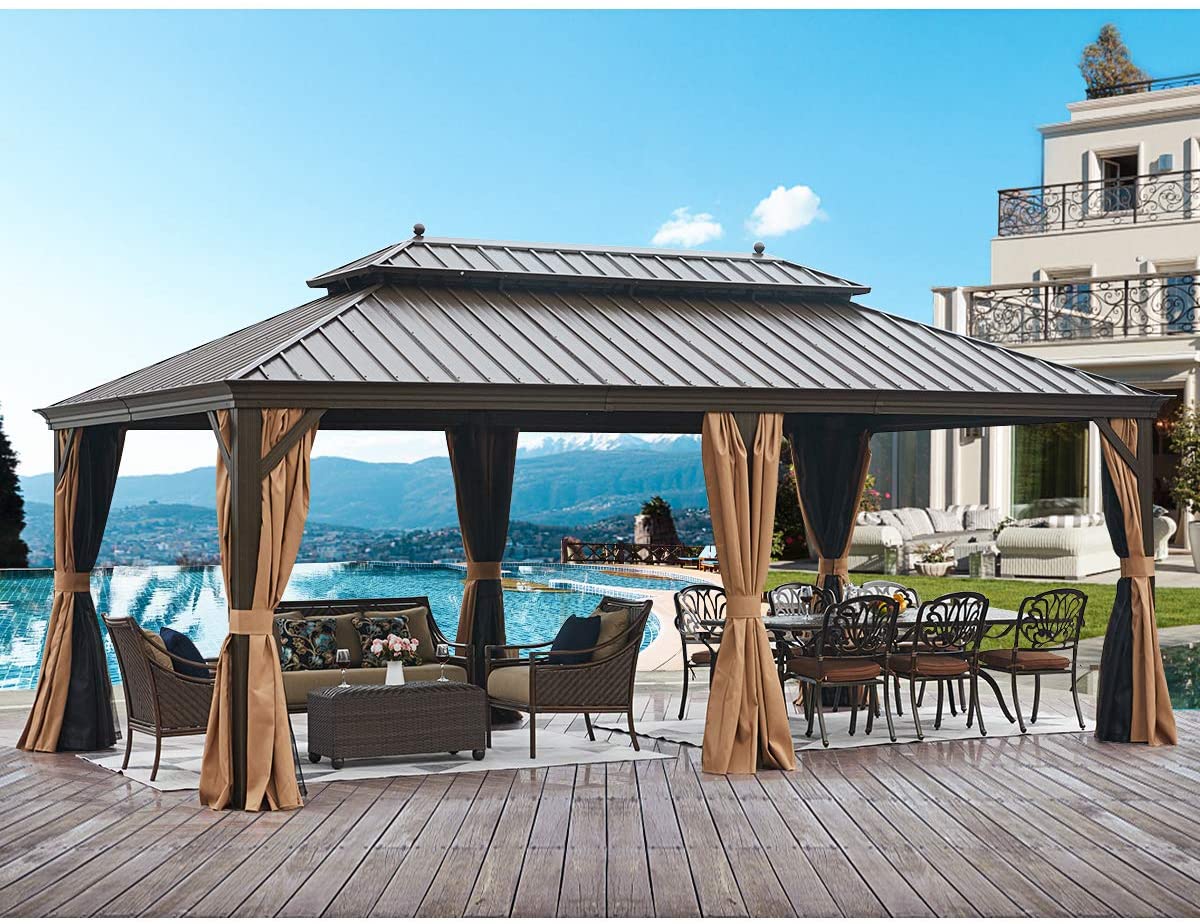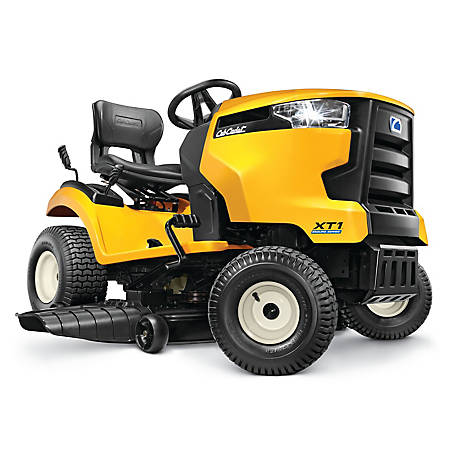RYOBI 38 in. 75 Ah Battery Electric Rear Engine Riding Lawn Mower
3 Brushless Motors for Superior Power and Performance. 1 Charge Offers Up to 2 Hours of Runtime or 2 Acres of Mowing. Battery Operated: Fully Electric Mower With Zero Emissions.
Remove the gas and fumes from cutting your lawn with the RYOBI 48-Volt Riding Lawn Mower. Powered by 75Ah Batteries and with 2 hours of run time this mower is a green alternative to traditional gas riding mowers. The RYOBI 48-Volt Riding Mower comes equipped with 38 in. 2-Blade Deck and 12 Position Manual Deck Adjustment to get a clean, level cut on your lawn. The RYOBI 48-Volt Riding Mower is equipped with LED Headlights, USB Phone Charger and Cruise Control features making mowing as efficient and convenient as possible. The rear access charging port makes charging your rider easy when the job is done.
- Low maintenance: no belts, spark plugs, or filters
- Battery operated: no gas, fumes, charge and go
- Up to 2 hours of runtime: up to 2 acres per charge
- Dual high-powered brushless motors
- Quiet cutting
- Cruise control, USB charging
- LED headlights
- 12 position manual deck adjustment
- 38 in. 2-blade deck
- Charges through standard 120-Volt outlet
- Replacement Battery: Leoch model LPC12-75
Additional information
| Assembled Depth x Height x Width (in.) | 63 x 46 x 38.5 |
|---|---|
| Cutting Width (in.) | 38 |
| Front Wheel Size (in.) | 15 |
| Mower Deck Width | 38 |
| Rear Wheel Size (in.) | 16 |
| Turning Radius (in.) | 16 |
| Certifications and Listings | TUV Listed |
| Manufacturer Warranty | 3 year Limited Warranty. Battery warranty is for one year only. |






by Pam
Very easy to use plus it is so easy on the ears and environment. Does a great cut and sits comfortably. However, it does take quite a while to charge, but well worth it.
by Cule
Works great, fairly quiet. No problems so far. My yard is almost completely flat, so I can’t say how well it would work on hilly terrain. I have one acre, so the battery life is more than adequate to do the whole yard on a single charge. It is a somewhat bumpy ride, however.
by Jeffer
Greeny is working GREAT.
by Rubob
My riding mower arrived as notified. I kept it crated and covered until all of our snow was gone. A week ago I put it all together and every thing seams to be work as described. I haven’t used it yet because the grass hasn’t started to grow. I am confident that this is a prefect mower for my situation.